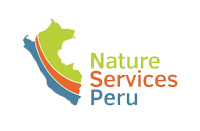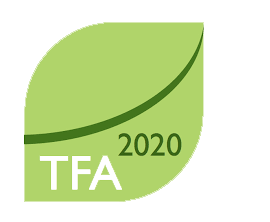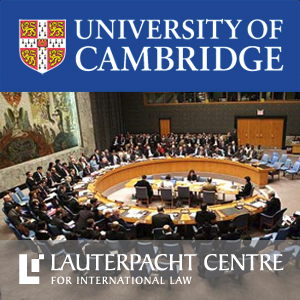Estimates indicate that an extra annual investment of US$10 to 20 billion in natural landscape management is necessary. Achieving this would require a minimum of 50-100 investment vehicles each deploying 100-200 million annually. The finance industry is large and mature and could spin off the required 100 investment funds/companies relatively quickly if the opportunity for returns was there.
But the opportunity will not arise quickly for a simple reason: a shortage of sustainable agriculture and landscape management companies through which to invest, manage and deliver returns from both the products and services of ecosystems. The millions of smallholders, NGOs and community organizations around the world fighting to sustain ecosystems cannot do that; their charters and institutional logics prevent them from generating returns for third parties.
Program Related, Angel and Venture Capital investors fulfil a crucial role in backing innovation and systemic change, and hence the emergence of a new economic sectors, as they are willing to take greater risks to back companies with significant growth potential. However, these early stage investors are not yet heavily engaged with the challenge of responsible landscape management.
In this session we will explore investment opportunities in start-ups with high growth potential in the conservation, agriculture and forestry sectors. By bringing together company founders, investors and information providers, as well as academic and private institutions backing landscape start-ups, we will set out to understand and unlock the bottlenecks preventing greater capital flows to the missing middle.
Participants will explore and assess ways of building an enabling framework for start-up investment opportunities. This will include understanding the local and national context in which companies emerge and the role of information providers in helping potential investors better understand the returns and risks of landscape, agriculture and forestry investments when compared to other asset classes.
Key Questions Addressed
1 –To what extent is a lack of investment in local and national companies a bottleneck for scaling the landscape approach? If so, how do we strengthen investment in this missing middle?
2 –Is a dearth of dependable information, similar to that available for other asset classes, inhibiting landscape-related investment? Is there a role for the collective provision of landscape-focused information management infrastructure that both commercial and not for profit organisations could use?
3 – How could investments in landscape start-ups build synergies with global initiatives that are using markets to solve social and environmental challenges, like for example the B Corporation movement and social impact funds?
4 – How could we better articulate Program Related, Angel and Venture Capital investors to the rest of the investment ecosystem, so they can focus their resources on the most promising landscape management companies globally?
Background reading
- Thinking medium before we think big: The role of program-related, angel and venture capital in financing landscape startups (White Paper: 2016)
- Overcoming Barriers to Scale: Institutional impact investments in low-income and developing countries
- The Missing Middle: why market based efforts to sustain natural landscapes will not scale












































